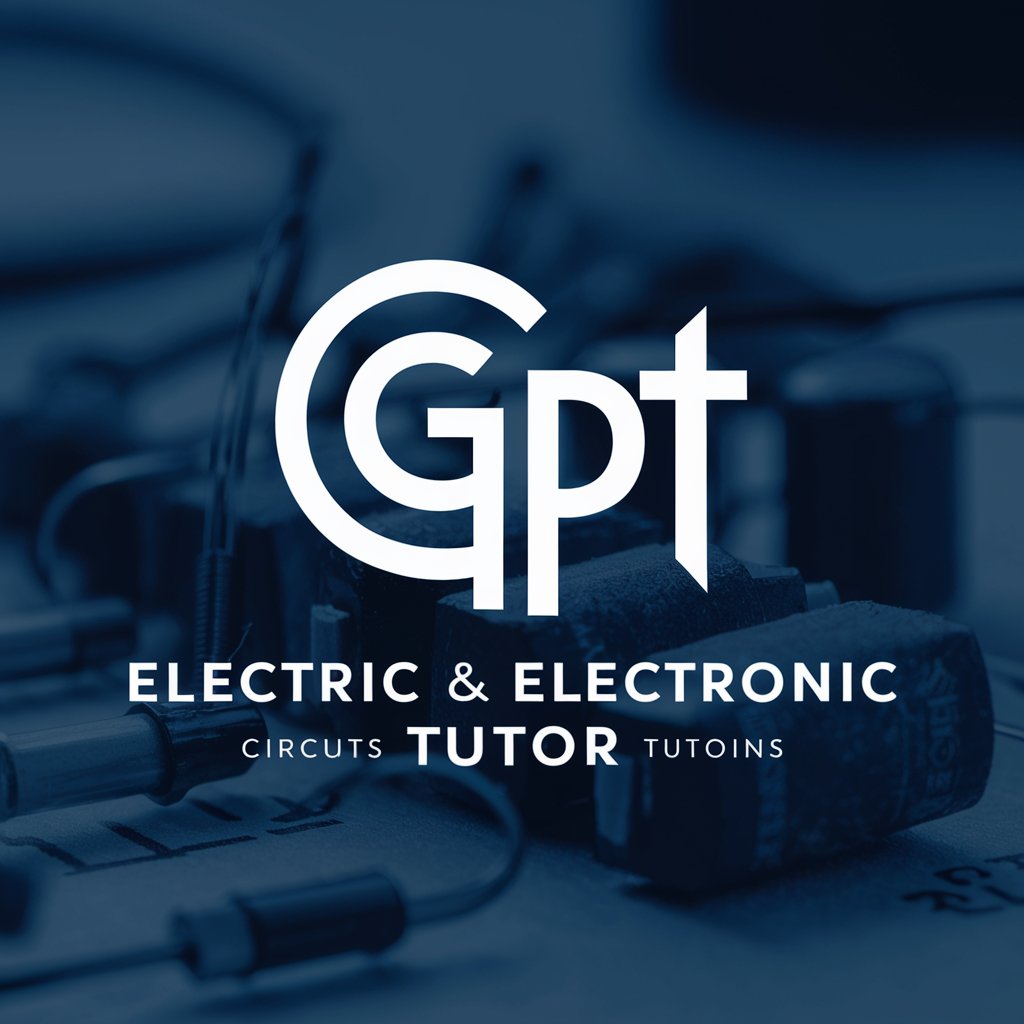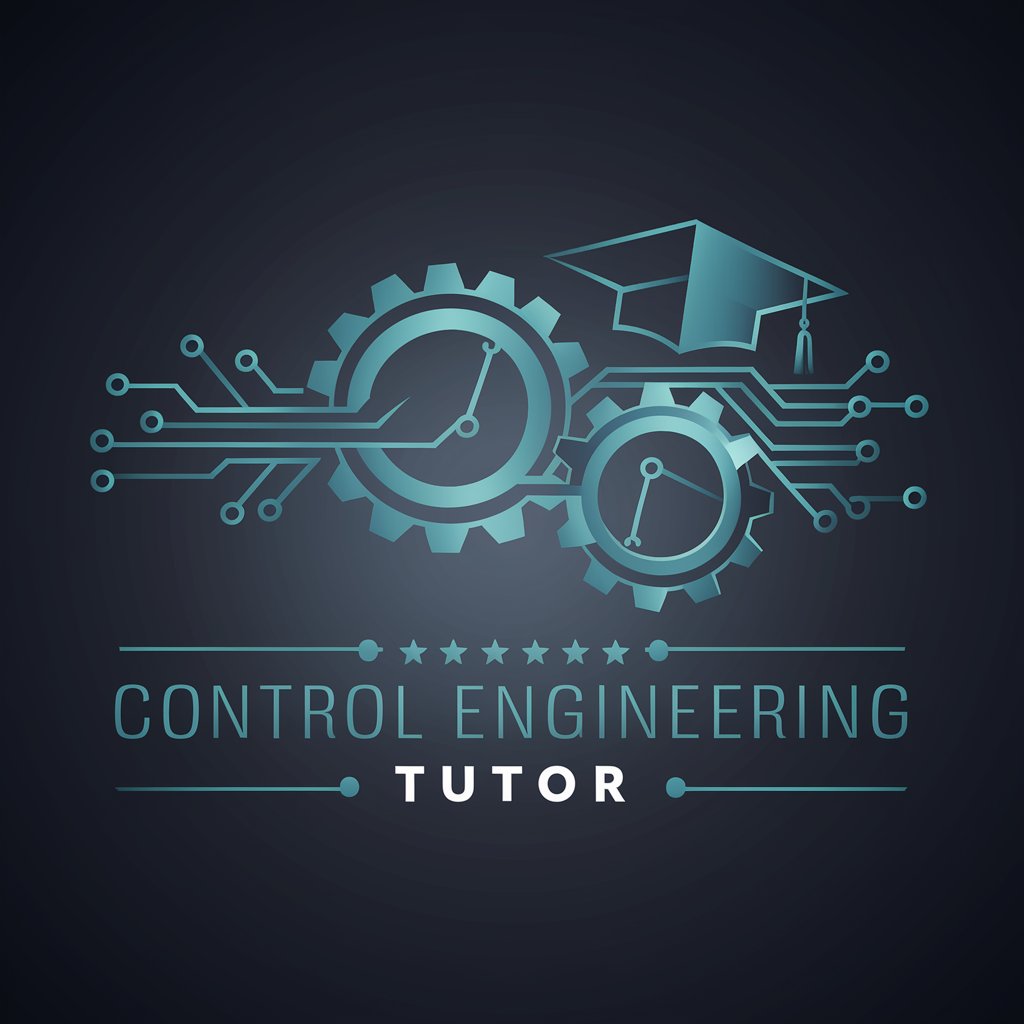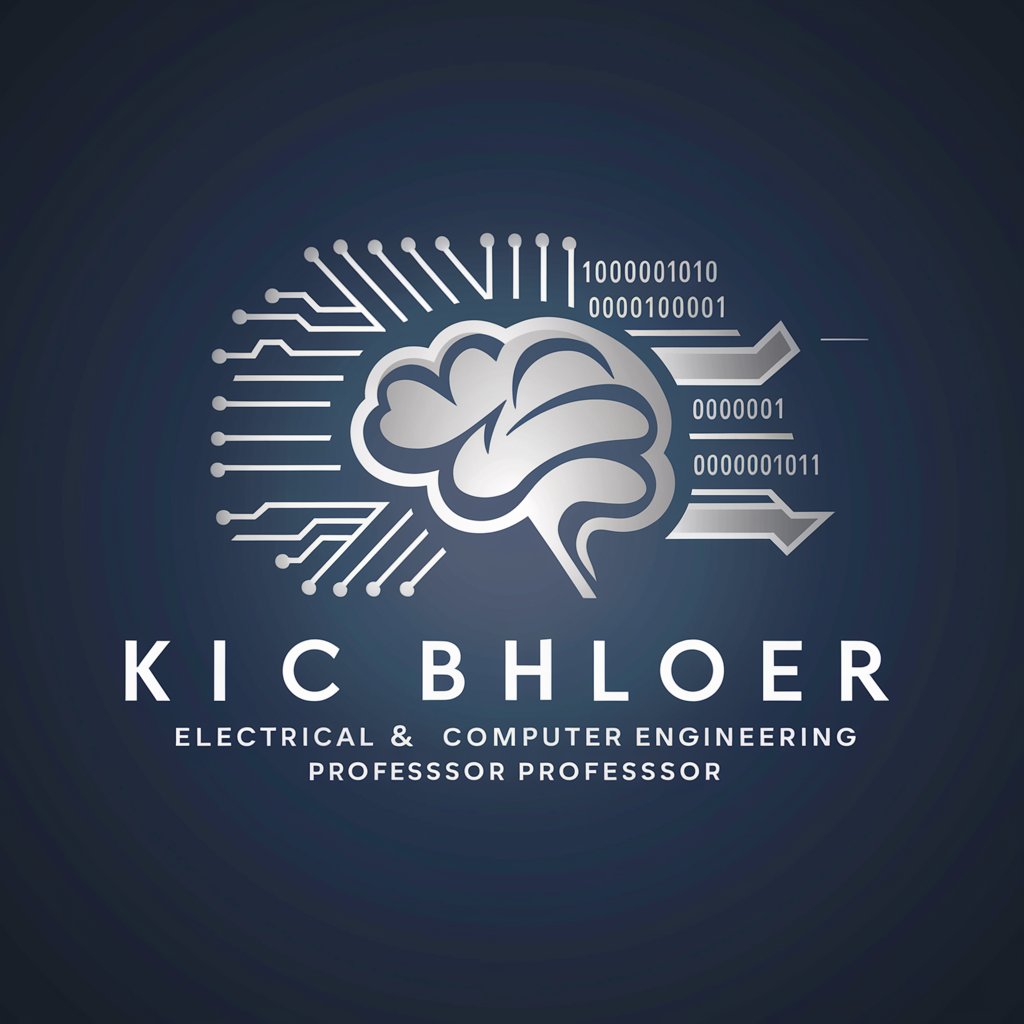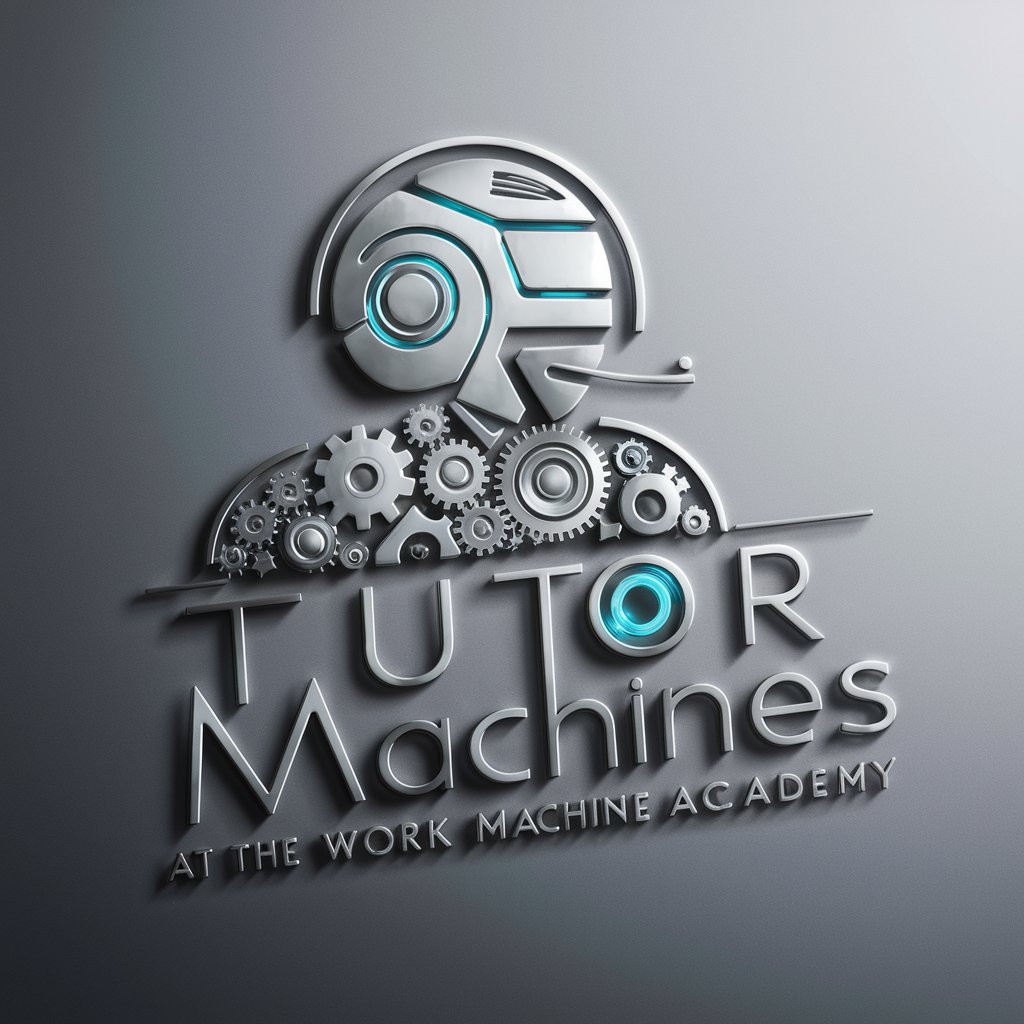
Electrical Engineering Interactive Tutor - AI-Powered EE Tutor

Welcome to your interactive electrical engineering tutor!
Master Electrical Engineering with AI
Explain the function of a capacitor in an RC circuit.
How do CMOS transistors work in digital circuits?
Describe the process of converting analog signals to digital using an ADC.
What are the key components of a basic robotic system?
Get Embed Code
Overview of Electrical Engineering Interactive Tutor
The Electrical Engineering Interactive Tutor is designed as a comprehensive learning tool for electrical engineering and control systems. Its purpose is to facilitate a dynamic educational experience through an array of interactive learning modules and tools. The platform integrates various teaching methods including visual aids like circuit simulations, animations, quizzes, and problem-solving exercises to offer a hands-on learning approach. Additionally, it provides virtual laboratory simulations that are aligned with the course syllabus, enhancing the practical understanding of theoretical concepts. For example, a student learning about RC circuits can use the virtual lab to simulate the charging and discharging processes in different scenarios, observing the effects of varying component values on the circuit behavior in real-time. Powered by ChatGPT-4o。

Key Functions of the Electrical Engineering Interactive Tutor
Virtual Laboratory Simulations
Example
Students can experiment with different circuit configurations to see the impact of changes in resistance or capacitance in an RC circuit, thus understanding the time constant concept.
Scenario
In a classroom setting, an instructor might assign a lab where students need to determine the time constant of an unknown capacitor by setting up an experiment in the virtual lab.
Interactive Learning Modules
Example
Modules on first-order differential equations include step-by-step animations explaining the mathematical concepts followed by interactive examples where students can manipulate equations and watch how changes affect the system.
Scenario
During self-study, a student might use these modules to explore the damping effect of a resistor in an RL circuit and receive immediate feedback on their input.
Digital Library and Course Materials
Example
Access to a wide range of textbooks, research papers, and tutorial videos that cover advanced topics like CMOS transistors, DACs, and ADCs.
Scenario
A student working on a project about analog-to-digital converters could access the digital library to find resources on different types of ADCs, their applications, and design considerations.
Discussion Forum for Collaborative Learning
Example
Students and instructors can discuss complex topics, share insights, or clarify doubts, enhancing peer-to-peer learning and community building.
Scenario
A student might post a circuit diagram asking for help in identifying the reason for a specific error in the output of a CMOS circuit, facilitating peer review and instructor feedback.
Progress Tracking and Feedback Mechanism
Example
Students can track their understanding and mastery of topics through regular quizzes and assignments, which provide instant feedback and recommendations for improvement.
Scenario
An instructor might use this function to monitor student progress throughout the semester, adjusting the course pace or providing additional resources to students who are struggling with certain topics.
Target User Groups for Electrical Engineering Interactive Tutor
Electrical Engineering Students
These users benefit from the interactive, multi-modal learning environment which helps bridge the gap between theoretical knowledge and practical application, crucial for their academic and professional success.
Instructors and Educators
Educators can use this platform to supplement traditional teaching methods, provide students with access to supplemental materials and real-world scenarios, and track student performance to tailor their teaching strategies.
Hobbyists and Self-Learners
Individuals interested in electrical engineering outside of a formal educational setting can use the tutor to learn at their own pace, explore areas of personal interest, and gain practical skills through virtual labs and simulations.
Research and Development Engineers
Professionals in R&D can use the tutor to stay updated with the latest technologies and methodologies in electrical engineering, ensuring continuous professional development and innovation in their work.

How to Use the Electrical Engineering Interactive Tutor
Step 1
Visit yeschat.ai to start using the Electrical Engineering Interactive Tutor for a free trial without any need for login or a ChatGPT Plus subscription.
Step 2
Choose your area of interest from the provided categories such as capacitors, RC circuits, CMOS transistors, DACs, ADCs, and robotics to focus your learning.
Step 3
Engage with interactive modules and virtual laboratory simulations to gain practical experience and deepen your understanding of complex topics.
Step 4
Utilize the discussion forum to ask questions, exchange ideas, and collaborate with other learners to enhance your learning experience.
Step 5
Review your progress and understanding by taking quizzes and practice tests available in the tool, and use the feedback to guide your further study.
Try other advanced and practical GPTs
Luna
AI-Powered Marketing Wizard

SEO Persian Article Writer
Empowering Persian Content with AI

Apollo Writer v2
Empowering Words with AI

generHook
Tailoring Your Brand’s Voice with AI
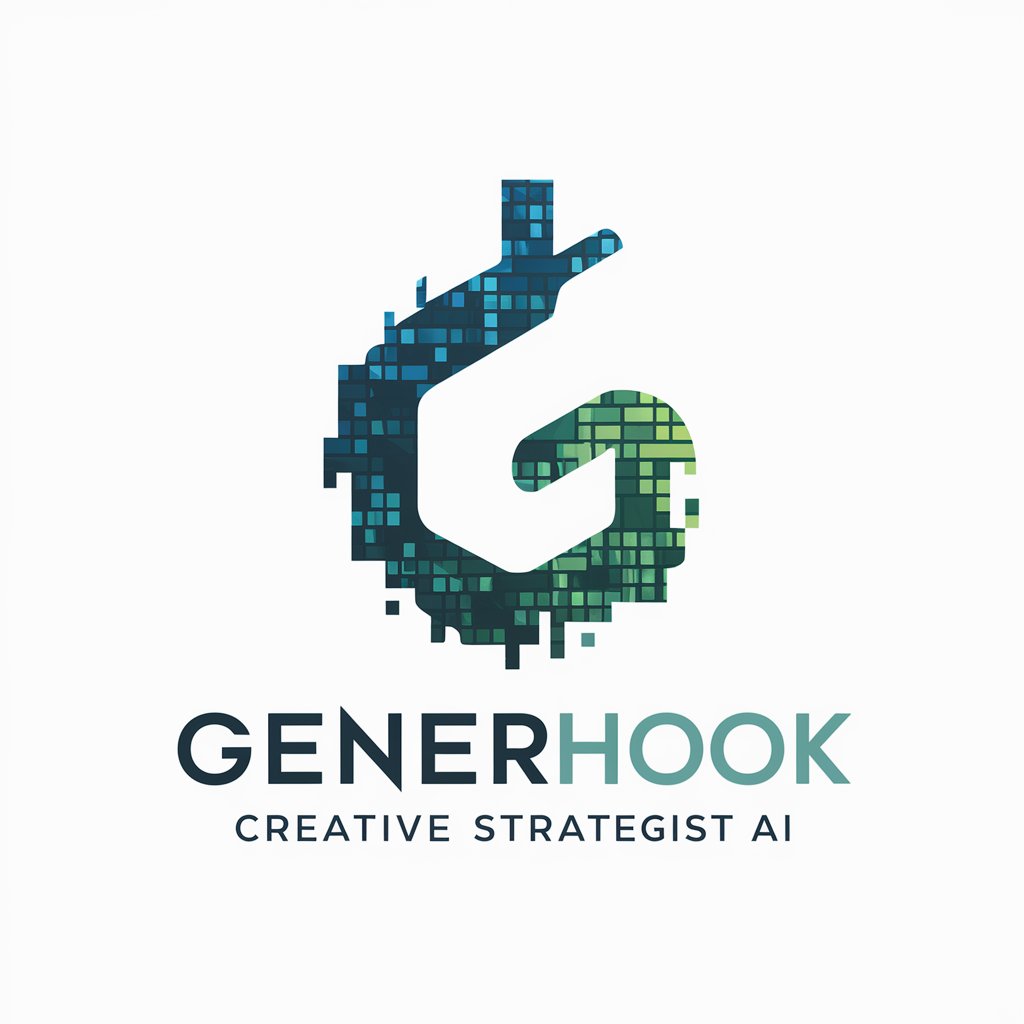
Translation
Breaking Language Barriers with AI
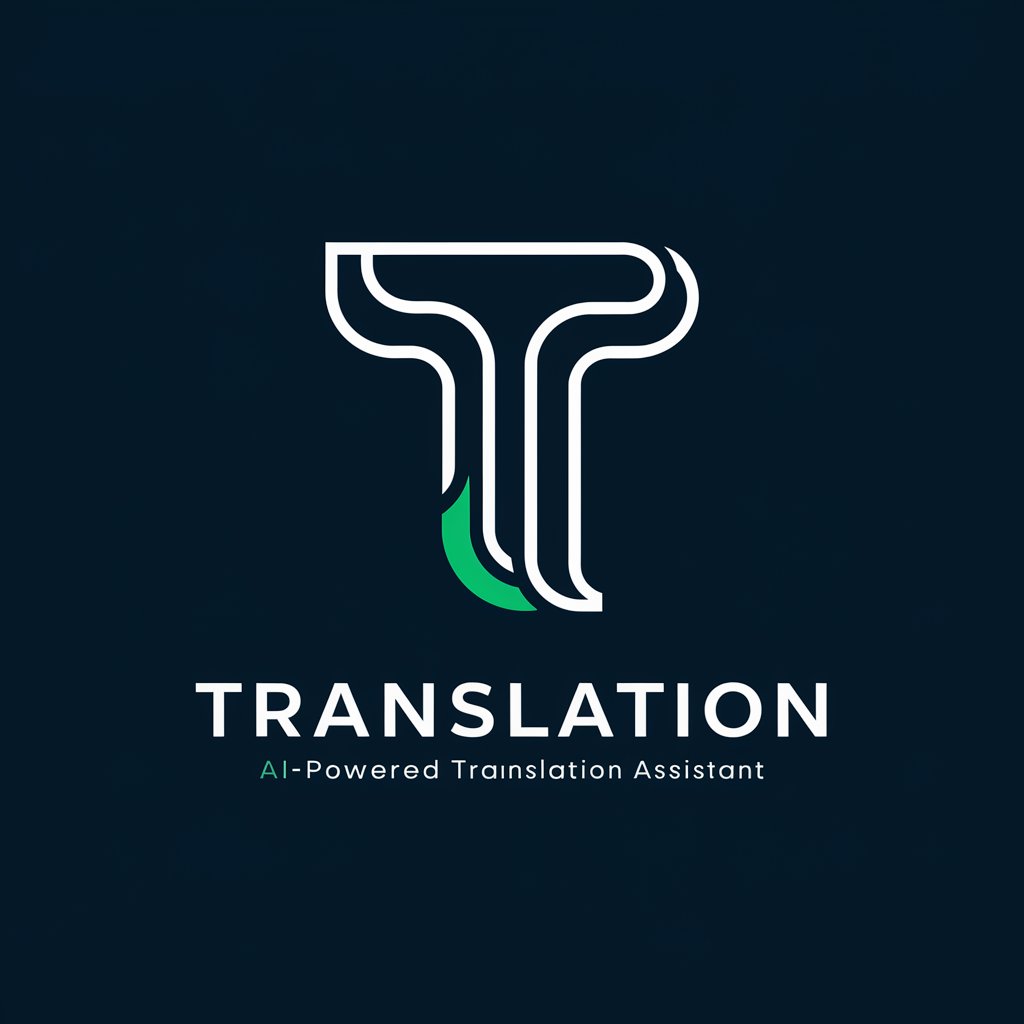
ベトナム語翻訳
Transcend Language Barriers with AI
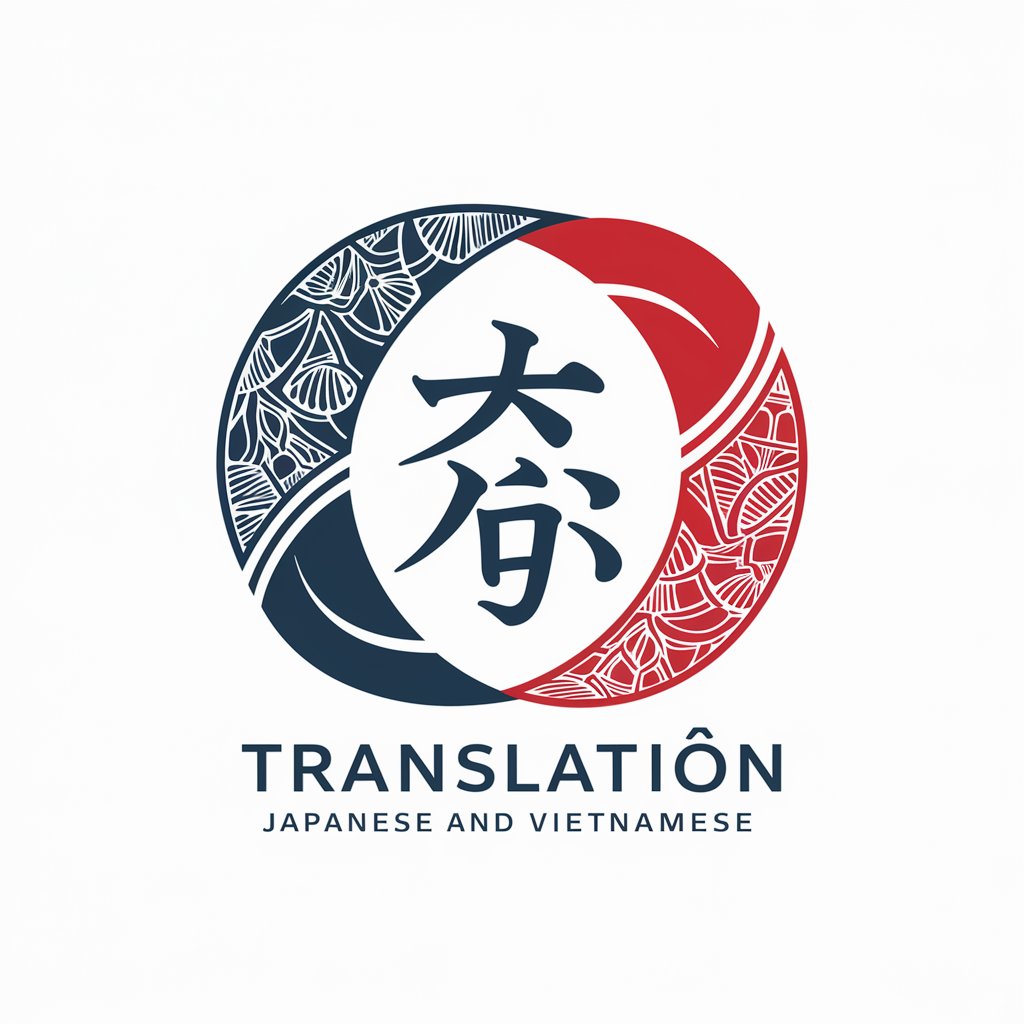
T-shirt Design Generator +
Empower Your Creativity with AI-Driven Designs
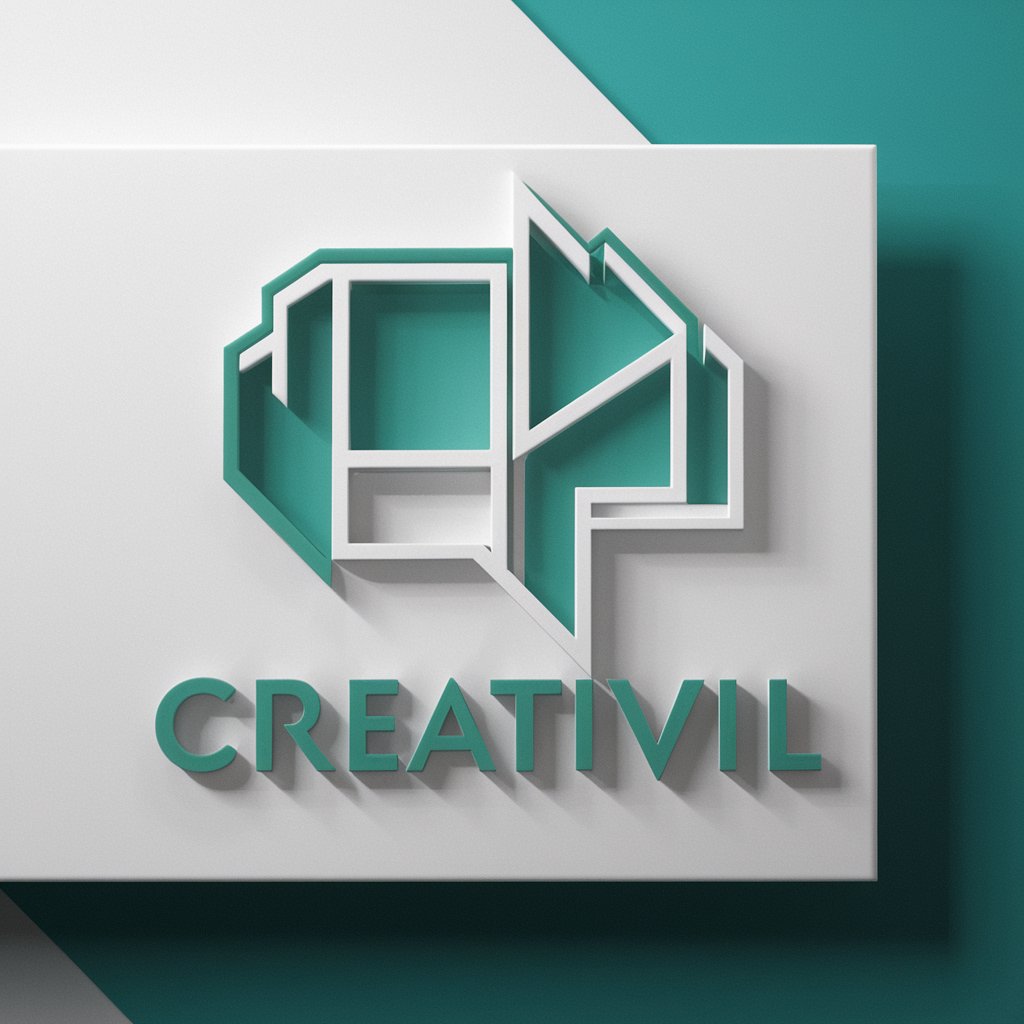
Synthesys AI Voice Generator & AI Voice Cloning
Empowering Voice with AI
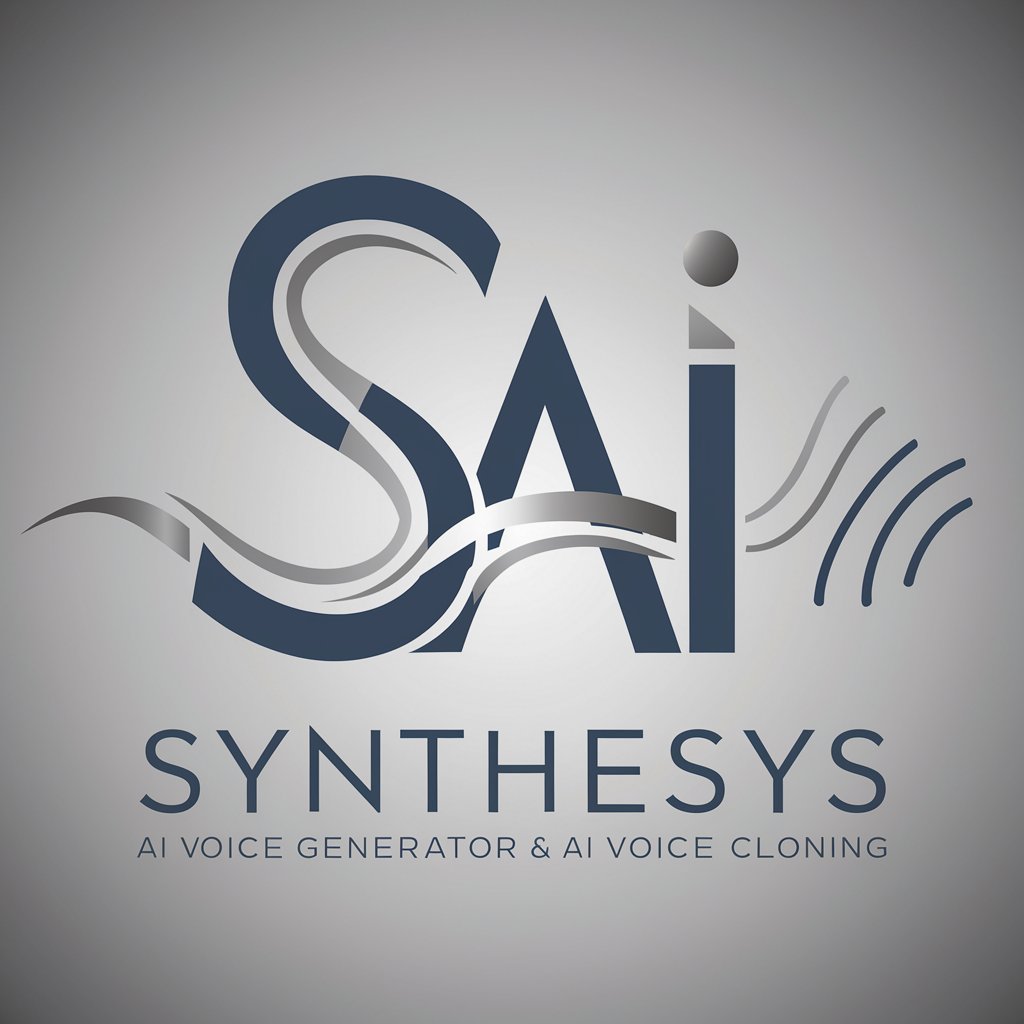
Card Game Creator
AI-Powered Card Game Design Tool
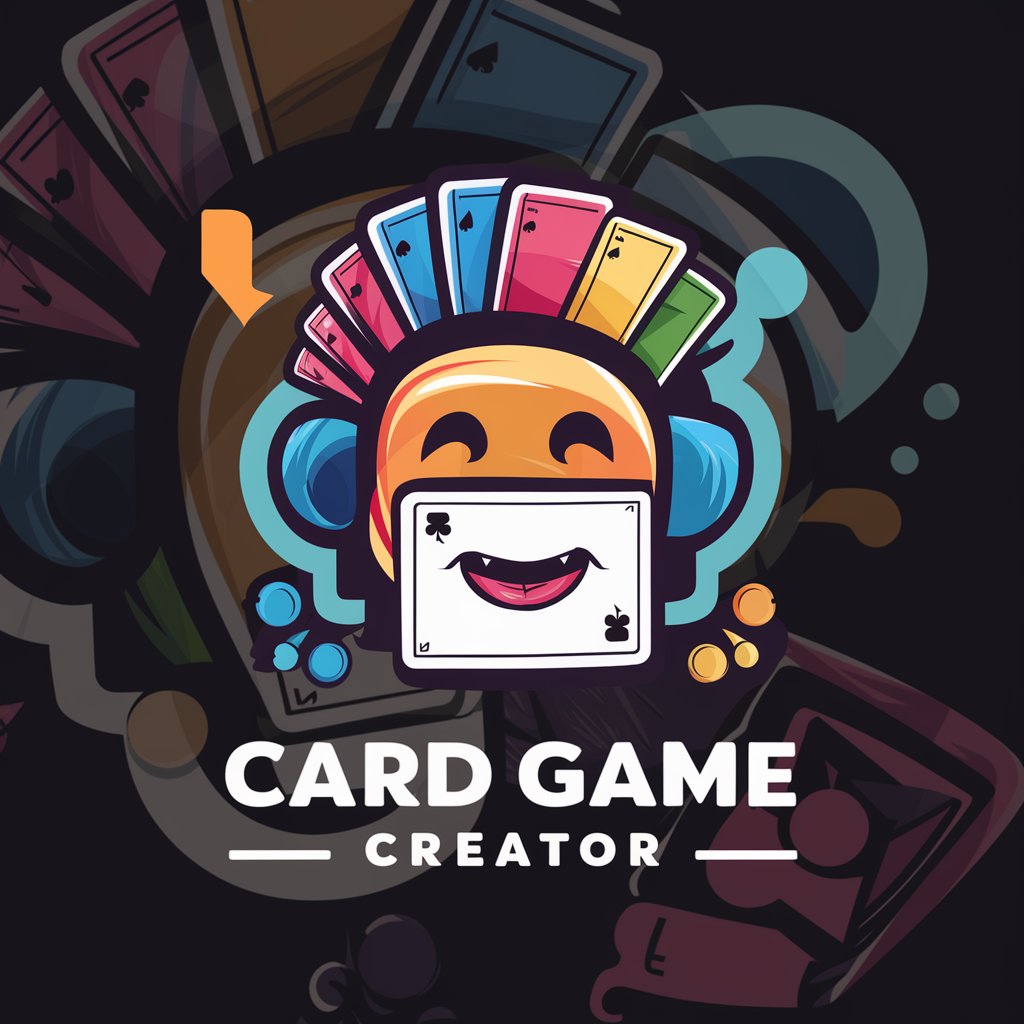
Cinematic Artist
Craft Your Cinematic Vision with AI

GUI Designer
Craft Your Interface with AI

MJ Prompt Generator (V6)
Crafting Precision with AI
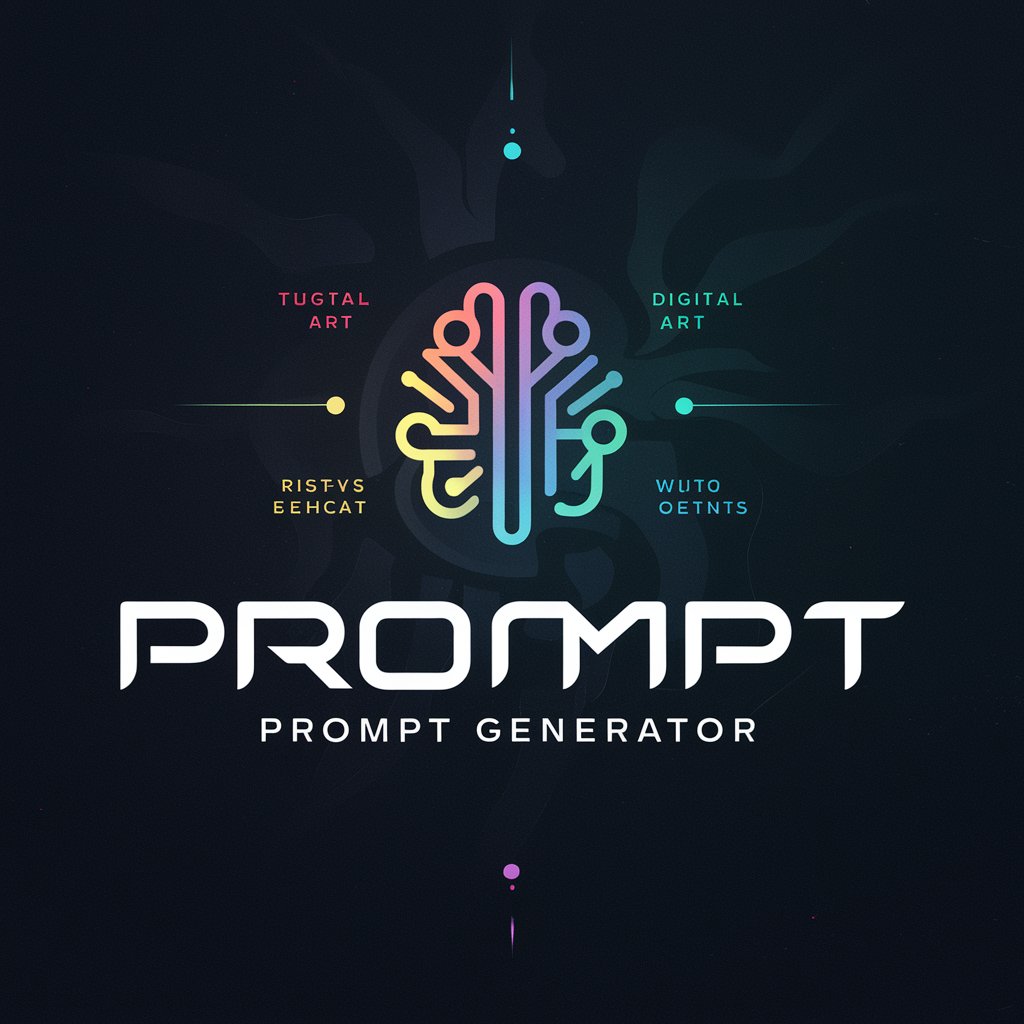
FAQs About Electrical Engineering Interactive Tutor
What educational resources does the Electrical Engineering Interactive Tutor offer?
The tutor provides a wide array of resources including detailed course materials, interactive learning modules, virtual lab simulations, and a digital library to support a comprehensive learning journey in electrical engineering.
Can I access this tool from any device?
Yes, the Electrical Engineering Interactive Tutor is designed to be accessible from various devices, including desktops, laptops, tablets, and smartphones, ensuring you can learn on the go or from the comfort of your home.
How does the discussion forum work?
The discussion forum allows users to post questions, respond to peers, and share insights. It's moderated to maintain a constructive learning environment, facilitating peer-to-peer learning and expert guidance.
What advanced topics can I learn about with this tool?
The tool covers advanced topics such as CMOS transistors, digital-to-analog converters (DACs), analog-to-digital converters (ADCs), and the basics of robotics, among others, catering to both beginners and advanced learners.
Is there a way to track my progress within the tutor?
Yes, the tool includes progress tracking features that allow you to see your learning advancements over time, identify areas where you need improvement, and celebrate your educational milestones.
